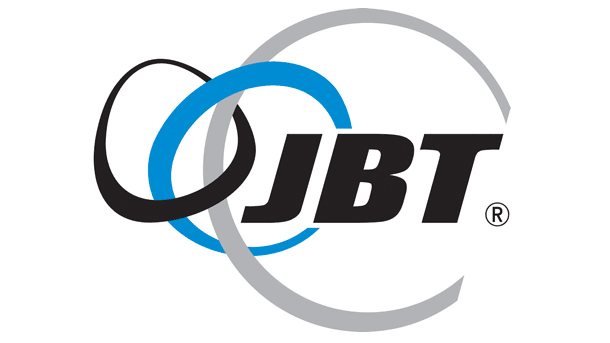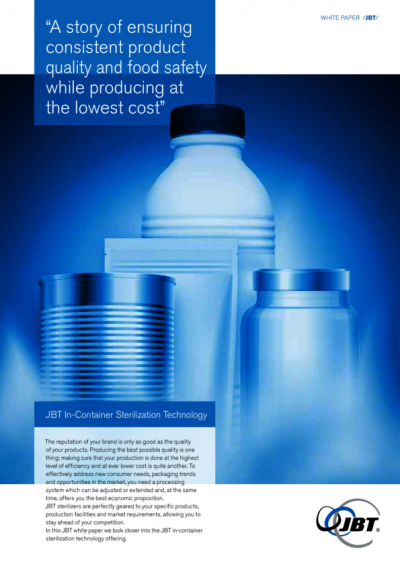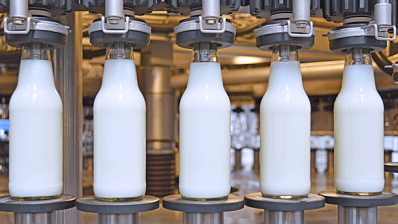Promotional Features
JBT: Making bottle filling a strategic priority to meet customer demands on efficiency and hygiene
Manufacturers of food and beverages packed in glass and plastic bottles face a range of mounting pressures. Hygiene and food safety requirements are increasing at the same time that cost per unit is becoming more and more critical, driving companies to try to raise standards while curbing expenditure. In this challenging environment, the choice of filling technology is critical.
Volumes of food and beverages produced in glass and plastic bottles have increased significantly over the past decade. Busy, modern consumers want convenience and choice, desires manufacturers have met with an ever-expanding variety of bottled products. The result is grocery aisle shelves are stacked with condiments, dairy products, dairy-alternative drinks, edible oils, juices, sauces, spirits and wines in glass and plastic bottles.
The proliferation of bottled products has made filling technology a key piece of equipment in food and beverage manufacturing facilities. This technology puts the food or beverage into the bottles, a fundamental, vital task. The importance of the task is magnified by its position at the intersection of two major trends in the food and beverage industry.
One of the trends relates to hygiene and food safety. Regulators and retailers have each become more demanding in recent years, pressuring manufacturers to raise their hygiene and food safety standards higher and higher.
These trends are affecting all aspects of food and beverage manufacturing but the nature of filling makes it a key battleground in the fight against contamination. Depending on the technology used, filling can be the last contact between the food or beverage and the manufacturing equipment. The result is the hygiene and safety aspects of filling equipment have become major considerations for manufacturers
The other significant trend is pulling manufacturers in a different direction. To be competitive, food and beverage manufacturers are striving to reduce cost per unit. This has manifested in a focus on downtime, the periods in which output at a plant stops due to cleaning, changeovers of products and packaging or problems on the line. Reducing downtime increases the efficiency of facilities, thereby enabling manufacturers to decrease cost per unit and increase their profit margins.
“Customers want to maximize use of their assets,” said Bart Mertens, product line director at JBT FoodTech. “They dream of a machine that cleans itself in a fraction of a second and can be changed over automatically without any human intervention.”
JBT is working to fulfill that dream. In the meantime, the global food processing business is offering filling technologies that cut changeover times to as little as 10 minutes.
Choosing the right technology
JBT has been in the filling and closing business for more than 70 years but focused on metal cans and glass jars for much of that time. That changed in 2016 when JBT acquired technologies in the takeover of Stork Food & Dairy Systems and made bottle filling a strategic priority. The buyout gave JBT control of two non-aseptic rotary filling technologies, the same type of equipment sold by its metal can and glass jar business.
One of the technologies performs level filling. This well established, popular approach is common in applications that prioritize consistent headspace, the gap between the food or beverage and the top of the bottle. Variability of the internal volumes of bottles means weight or volumetric filling results in some products appearing to contain less liquid than others. The bad impression this can convey to buyers, who would see some bottles as being under filled, makes level filling attractive in some cases.
Level fillers keep adding product until it reaches a certain distance from the top. For some bottles, this means adding slightly more than the stated volume of product but the result is all bottles will appear equally full when sat side by side on the store shelf.
JBT’s level filling technology also caters to manufacturers’ desire to reduce downtime. This focus has manifested in level filling technology that features quick release change-parts. These features enable manufacturers to perform changeovers in 10 to 25 minutes, depending on the configuration of the machine, without using tools. The approach also makes it easier to clean the system.
The level filling technology is cheaper and faster than volumetric or weight filling but has limitations that render the latter approach preferable for some applications. The weight filling technology of JBT can handle products with higher viscosity and larger particles than level filling equipment, which is typically used for spirits and other liquids.
Other product characteristics also influence the choice between level and weight filling. The weight approach entails weighing each bottle, resetting the scale to zero and filling the bottle to a preset weight. This ensures each bottle contains the same amount of product, making it a popular choice when the food or beverage is very expensive or delivery of the exact dosage is important.
Whereas level filling sacrifices a little accuracy to give the impression of consistency, weight filling achieves actual consistency to minimize the amount the manufacturer gives away for free.
That is one factor driving adoption of weight filling. The other is its noncontact nature. Using level filling technology puts the bottle into direct contact with the filling valve. For sensitive products like ESL milk, direct contact between bottle and fill valve is to be avoided due to possible microbial contamination. . Weight filling eliminates this risk as there is no contact between the filling valve and the bottle. That reassurance has established weight filling equipment as the technology of choice for applications in which hygiene is a particular issue.
Recognizing this need, JBT offers its weight filler in three configurations. All of the configurations are hygienic and contactless but two of the options offer extra features. One configuration uses sterile filtered air to ensure no harmful bacteria are present. The other is designed from the ground up around aseptic principles, making it particularly suitable for extended shelf life products.
Building the bottle filling business
The choice between level and weight filling equipment is dictated by the nature of the product, the type of bottle and whether a manufacturer is prioritizing speed, accuracy, cost or hygiene.
However, many other priorities are common to all manufacturers. Food and beverage producers all want to source technologies that facilitate the efficient, hygienic filling of bottles from experienced vendors that are committed to the sector and the continuous improvement of their products and supporting services.
JBT sees itself as such a technology provider. Since buying Stork, JBT has paid particular attention to the bottle filling technologies, turning a business that was formerly on the backburner into a strategic priority.
The shift in strategy is intended drive the growth of the unit by ensuring the filling technologies meet the evolving needs of food and beverage businesses, whether they prioritize cost per unit, hygiene or something else entirely today and in the years to come.







